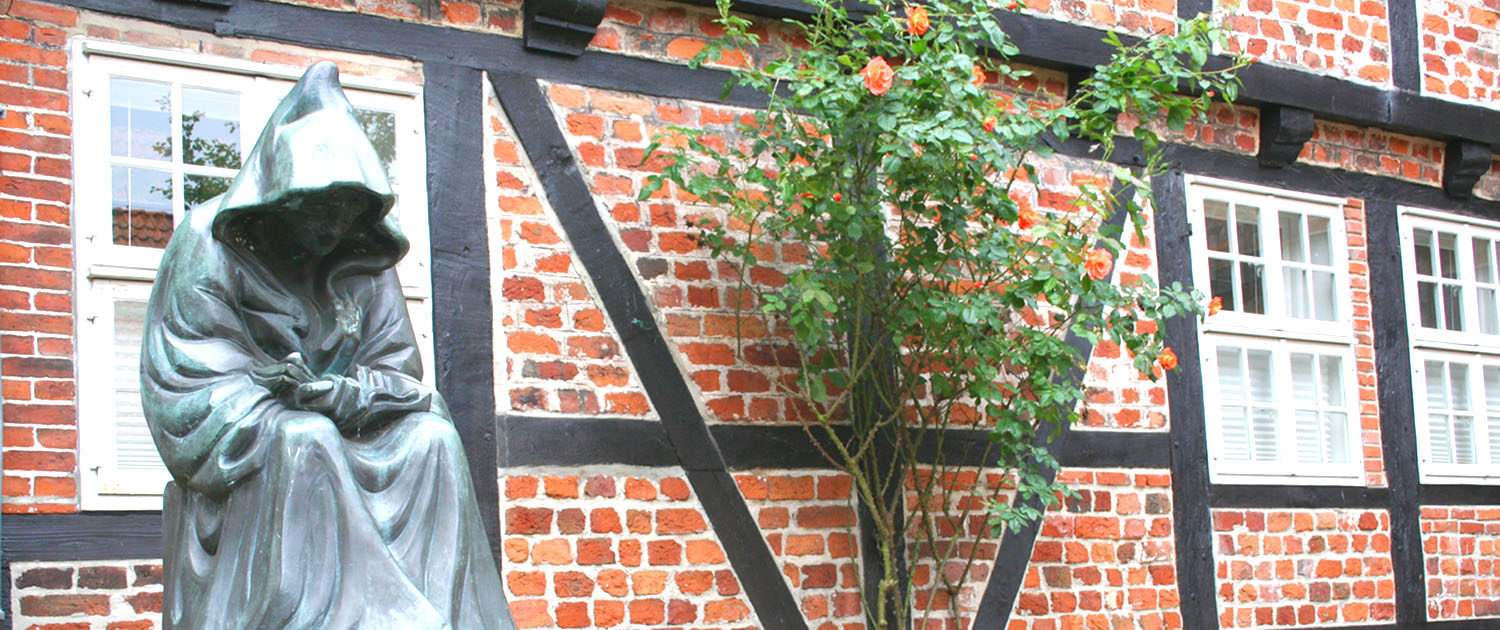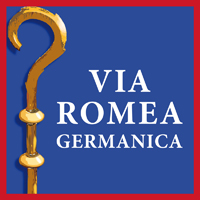Abbot Albert of Stade was born in Stade at the end of the 12th century. In 1232, he became abbot of the Benedictine monastery of St. Mary the Virgin in the then important port- and Hanseatic city.
In the monastery, which was influential because of its landed property, Abbot Albert sought a stricter church discipline, according to the Cistercian rules. However, for this, he had to obtain permission from Pope Gregory IX in Rome. For this reason, he embarked (as an abbot, probably on horseback or in a two-wheeled carriage rather than on foot) on a strenuous journey to the centre of Christianity in 1236.
Since he chose a detour via France on the way there – probably to visit Citeaux -, the entire route, together with the direct way back from Rome through today’s Austria, Bavaria, Thuringia, Saxony-Anhalt and Lower Saxony, chosen by us as the VIA ROMEA, was about 3500 kilometres long and lasted probably half a year!
The Pope admittedly allowed the reform of the monastery, but the monks concerned refused it, and the responsible archbishop of Bremen was now also more interested in balancing power with the ruling dynasty of the Guelphs than in further advocacy for the reform of the monastery.
Disappointed, Albert resigned from his post as abbot and joined the Minoritarian monastery of St. Johannis of Stade (which was committed to the Franciscan ideal of poverty).
Apart from some theological works, he wrote the so-called ‘Annales’, a Latin chronicle of the most important ecclesiastical and political events of his time. Embedded in this there is the dialogue between two monks, which is important for us, on the best routes of a pilgrimage to Rome. In it, the former abbot describes his own journey to Rome, with all the resting places and the exact distances of the respective sections in German or rather French miles. (An examination carried out in the 1950s showed that the average deviation is smaller than a tachometer difference permitted today!)
Unsuccessful with his original spiritual concern, the abbot of Stade became the initiator of today’s pilgrim route VIA ROMEA more than 750 years later, thanks to his itinerary (the original manuscript is located in the Herzog-August-Bibliothek in Wolfenbüttel).





